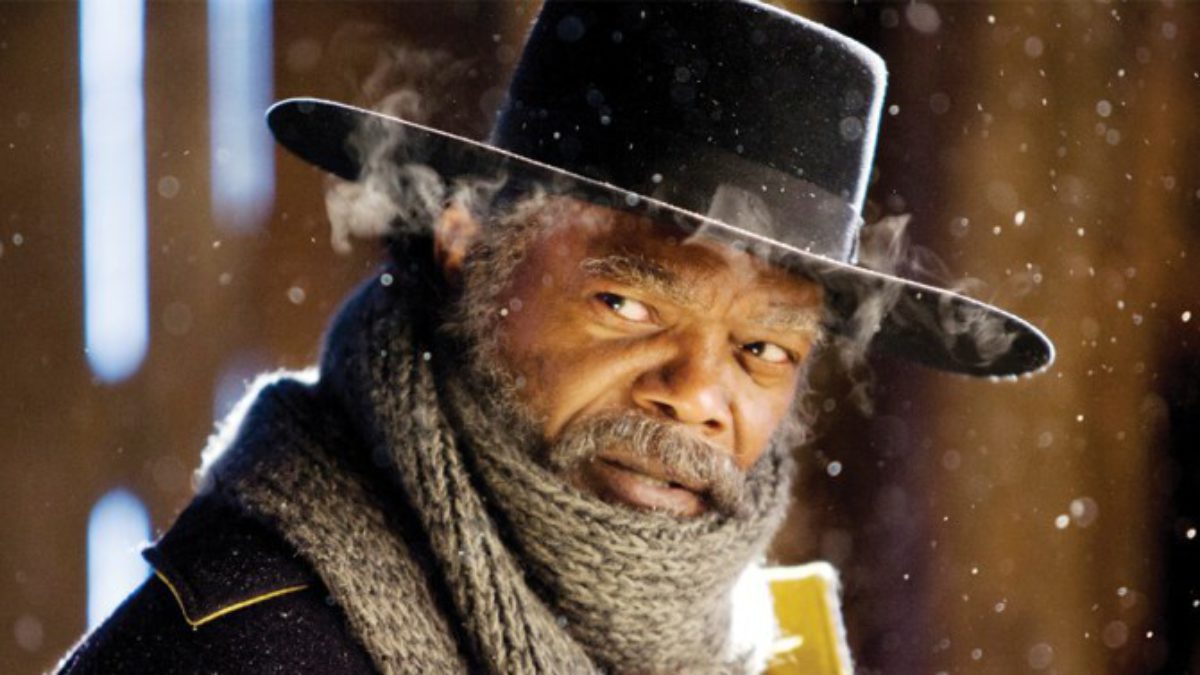
Can a film overstay its welcome? That can be a subjective question to consider, since we all have differing ideas of what makes a good film. The conclusion paragraph on the cinematic we witness (of which can be an hour and a half, or four hours and more) is important. This is the lasting impression we have. This isn’t about open-ended conclusions, either; each and every case is debatable there.
However, sometimes a film can indeed overstay its welcome. In this particular list, though, we aren’t looking at films that are necessarily too long, but, rather, works that should have wrapped up just a bit sooner for very particular reasons. Maybe a moment at the end wasn’t necessary for the entire whole. Perhaps something happens that negates a majority of whatever occurred the preceding duration.
Five minutes is a bit finicky to work with, because it’s impossible that all of these films had problems within the exact amount of time. However, these are all examples that generally should have wrapped up more quickly.
This can also be a declaration that these five minutes could have been done differently, but, since I’m no superstar director or screenwriter, lopping these parts off outright seems like the easier answer (I could give my opinions as to what could have happened, but that’s all subjective again). Here are ten movies that should have ended (approximately) five minutes earlier.
Of course, keep an eye out for spoilers, since we are talking about the endings of films after all.
1. 10 Cloverfield Lane
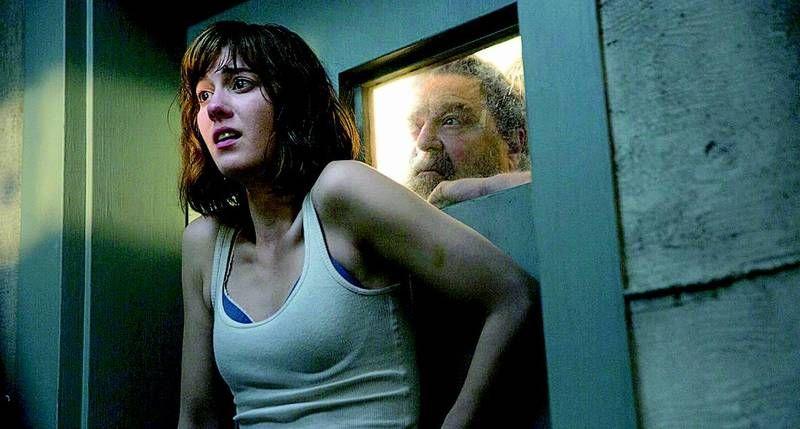
What is so interesting about 10 Cloverfield Lane is how it is such a cleverly disguised sequel to Cloverfield (well, outside of the blatantly obvious name). What ties these two films together is the idea that these are the individual cases that took place during a universally colossal event (or the repercussions of said event). So we have a mentally taxing thriller that unveils itself to be something a lot more within the final act. Spectacular.
That prolonged ending with alien lifeforms interacting with us (and Michelle) doesn’t work quite as well as it could have. It should have either been instated earlier (see The World’s End, which still gets away with not revealing its true form for a while) or much quicker at the end (see the ramifications of the shocking ending of Rosemary’s Baby, where there are warning signs throughout but the full-on insanity is saved right for the end).
We want this to feel like a fleeting sense of urgent confusion, as any disaster of this magnitude would surely feel like. Instead, we are left counting the steps, only to find out there were too many or too little (somehow, it’s both scenarios).
2. Contact

Robert Zemeckis’s wide-eyed science fiction film is definitely aging better and worse in ways. Its tale seems to only get better with time. Some of the effects work better than others. That alien appearing as Dr. Arroway’s dad is as big of a cop out as they can be (especially with Zemeckis’s history in innovating cinema). The ending is more or less the same.
The eighteen-hour static being recorded? Nice. It’s a scene that makes you understand that there are people in this film wanting to believe in alien lifeforms. The Palmer Joss resolution? I don’t think it mattered at all (in fact, most of that story line is quite weak).
After visiting a new place and experiencing such a great achievement (even though, yes, the alien appeared as Arroway’s dad, and it is one of the biggest sins in film history), should we really care about this thread at all? Also, yay, Arroway gets more funding for research and equipment, but maybe this could have been done in a quicker and punchier way.
Maybe it’s because we get so much of the family and personal drama in this entire film, that when we get a taste of the unknown, these other issues are such a drag in comparison. Who knows, but it could have been quicker.
3. The Dark Knight Rises
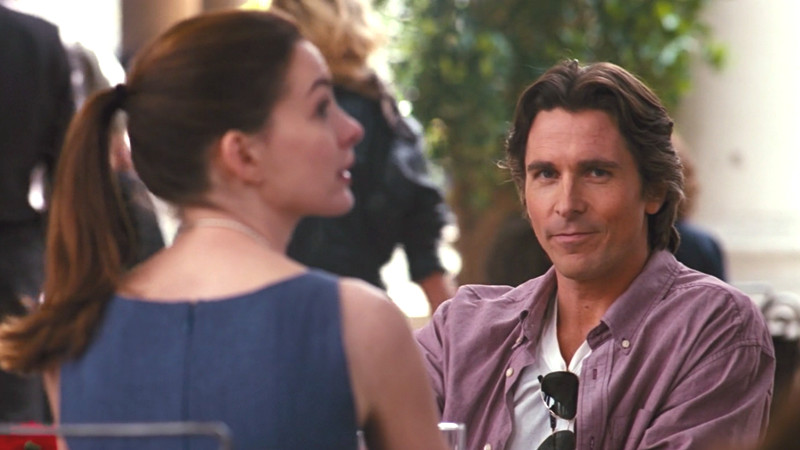
Okay, this one will have some liberties. Do I like the idea of Batman’s former responsibilities (self-inflicted as a vigilante, of course) being imposed on a trusted juvenile (in the form of John Blake) to carry on? While I think that story line could have been a bit stronger, yes. I think it is a great way to carry on a legacy.
Some of you might disagree and think this should also be cut out. The Wayne Manor becoming an orphanage? Essential to Bruce Wayne’s story, and it works with Blake’s arch. However, that stuff about Alfred Pennyworth finding Wayne and Selina Kyle together in Florence is a steaming pile of guano.
The only explanation I can find here that makes this worthwhile is that Wayne was comfortable shedding the Batman image and being presumed dead. However, if Blake continues as Batman, has Batman truly died a hero, or is he still continuing on and with the possibility of becoming a villain as he once did? Batman, to most, is an unidentifiable vigilante.
There could be ways that this whole thing could work, but since Master Wayne fleeing is flawed, and the rest of the ending doesn’t quite make sense if he was actually dead (that doesn’t make him going on a date in Florence bearable), might as well cut it all off.
4. Edge of Tomorrow
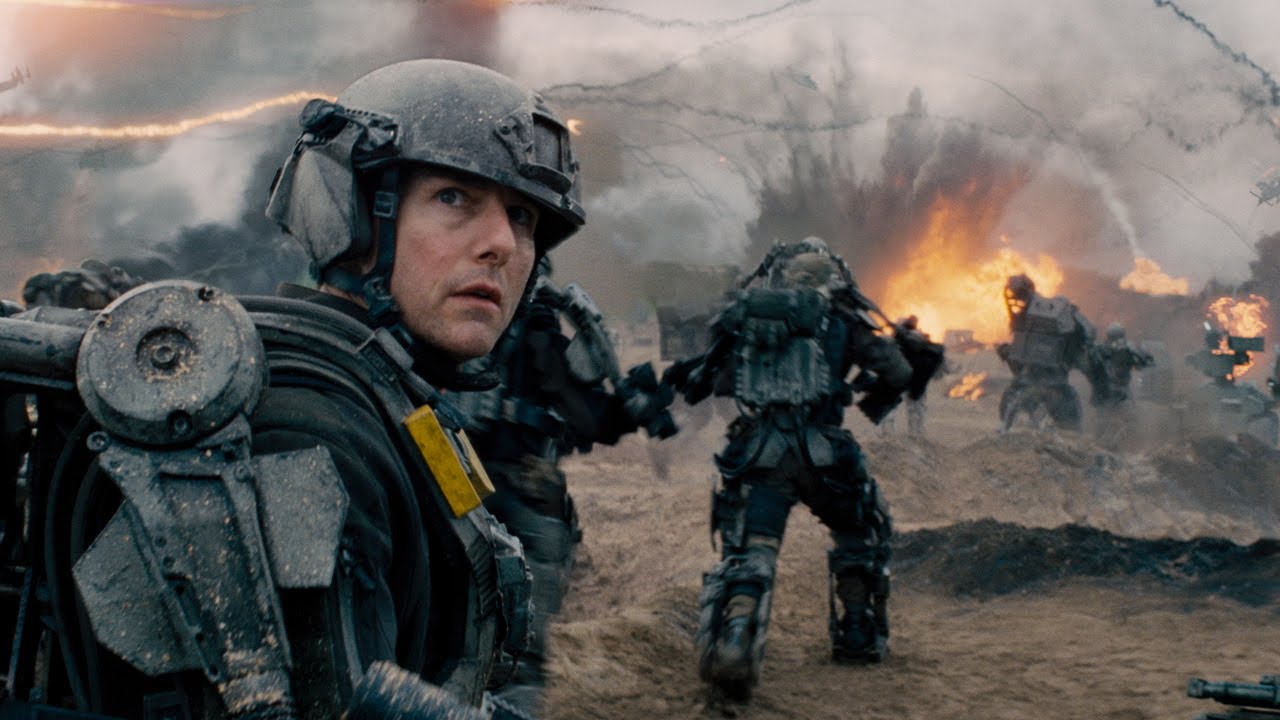
For such an exciting action film that is so calculated with how each rebirth can be used to Major William Cage’s advantage, the ending was a bit of a different beast. Is it the worst ending ever? Not really. Cage wakes up as if he is Phil Connors on February 3rd, and the Groundhog Day curse is finally done.
However, in Groundhog Day, we are observing a self-analysis of what it means to be morally viable to one’s self and to the whole of society. Can Connors enrich himself (even though he was previously selfish anyways) while bettering those around him? If so, will that break the spell of monotony?
Doug Liman’s adaptation on Hiroshi Sakurazaka’s All You Need Is Kill should have considered the greater whole rather than 1) update the Groundhog Day story alone (which, let’s be honest, it does a great job at) or 2) trying to be open for sequels to make more money.
Imagine if Connors died, never having been able to live a new day of his life ever again. His sacrifice was to ultimately end his life (and, in this peculiar case, the opportunity to live an authentically new day ever again) to save society from the Mimics. Is a sequel nice? Sure. Is a faithful tribute good? Yeah. Would that emotional punch-in-the-gut have stuck with you for years? Definitely. Does the current ending do that? Maybe, but for me, it doesn’t.
5. Harry Potter and the Deathly Hallows part 2
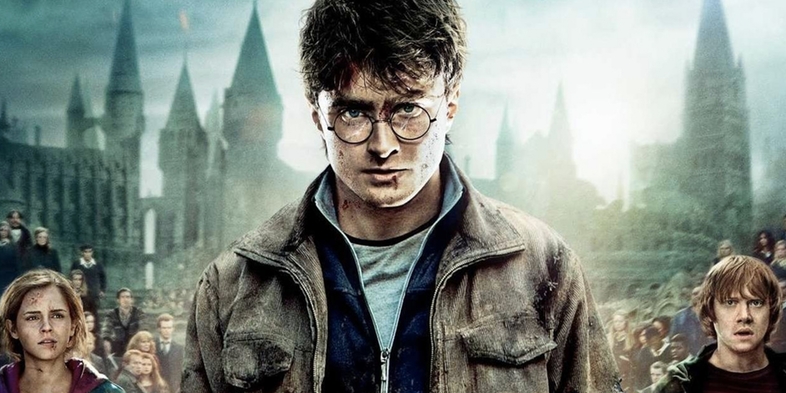
This is clearly the best Harry Potter film in the decade-long franchise, and it’s natural that it all ends on a bang. For crying out loud, the final J.K. Rowling book was split into two parts (which, in this case, actually works). This final scene is different from the others on this list, because I actually love its intention.
You see the children of the legendary Hogwarts students see their first experiences with going to that very academy. You now know these three wizards have aged (well, unless you’ve read the books, of course). This is the inducting of a new generation of hopefuls. It’s all beautiful.
However, parts of it do feel a little bit strained. The aging on the three leads is, well, clunky. The scene itself is kind of lopped onto the end, as it is so brief. The colours are muted. Plus, how incredible is that final shot right before, with Harry, Ron and Hermione staring amidst the rubble? I know this epilogue is for the fans, and, to be fair, there does need to be some sort of complete closure. As a cynical outsider, I feel like it could have been even stronger.